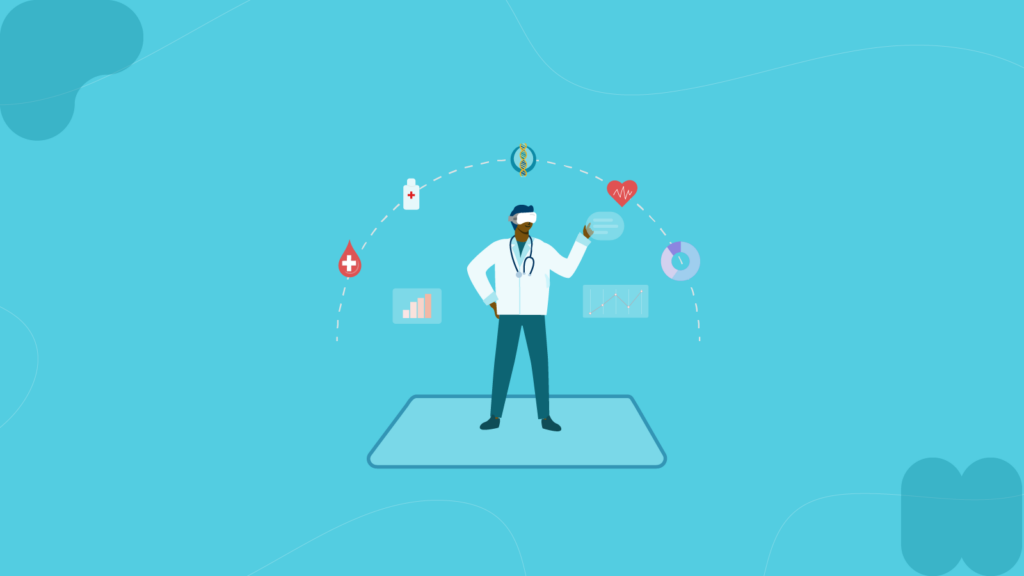How To Do Quality Assurance Calibration To Assure Accuracy
Preparation is key for effective quality assurance calibration. If you just drop your QA analysts in at the deep end and expect them to transform your customer service within a matter of days, you won’t see the results you’re hoping for.
Quality assurance calibration is essential to make sure the process is accurate, fair and transparent. You need to bring multiple viewpoints together and gauge the views on the same customer-service interactions. Think of it like the NBC show, The Voice.
You have four judges listening to one singer, they hear the same vocals, but each can have a different reaction. One judge has their own ideas of what makes up talent and quality, which may be totally different to the person beside them. With four diverse perspectives, the singer can expect fair treatment — if the panel agrees they’re not right for the show, it’s likely to be true rather than the result of bias.
The same is true of your quality assurance calibration process.
What is Quality Assurance Calibration?
Quality assurance calibration is bringing key individuals involved in the quality calibration process together to grade the same customer-service interactions.
This must include your QA analysts, one or more members of the management team, line managers, supervisors, and agents. A diverse group has unique experiences and skills, able to contribute their own ideas to evaluations. An agent’s knowledge of handling difficult customers differs from, say, a GM’s who hasn’t dealt with a buyer directly in years.
Everyone chosen for the quality calibration process will assign a score to a specific interaction before they all agree on an overall grade. It’s a fair, balanced way to establish the grading criteria, eliminating the risk of bias and creating an equal playing field.
Why Quality Assurance Calibration Matters
Quality assurance calibration empowers customer service with the capabilities to achieve consistency across the entire department. Calibration ensures your QA analysts are all on the same page and that everyone’s goals are in line.
A failure to calibrate properly leaves analysts unsure exactly what they’re looking for when monitoring calls or reading live-chat transcripts. They could miss gaps in service that need to be filled without realizing, leaving the agent in question without the in-depth evaluation their colleagues receive.
Related: 17 Call Center Quality Assurance Tips To Up Your Game
Clear expectations and objectives equip your QA analysts with the framework they depend on to perform the most effective, accurate quality assurance.
But how do you do quality assurance calibration in the first place?
Establishing a Quality Assurance Calibration Process
Quality assurance calibration revolves around monitoring multiple and random interactions.
To calibrate properly, a group can grade a single interaction as a team or individually.
Is one option better than the other? Not necessarily.
When reviewing and scoring separately, members of your QA team may assign scores they want to reconsider following a group discussion. Likewise, when doing this task as a group, different opinions could cause the review process to take longer than it needs to. People may not be as honest as they would otherwise be.
Either way, exchanging ideas and deciding on the final scores is a key part of the quality assurance calibration stage. Everyone will get to share their thoughts on why particular aspects of the interaction met expectations or not.
One person should gather the different grades and keep a record of points raised. The team will eventually agree on a final grade for the interactions, which will be the benchmark for all future reviews.
This will prepare your QA analysts to start their work once the quality calibration process is complete, reassured they have a clear set of criteria to adhere to. Performing accurate quality assurance can be a complicated process, particularly when there are many customer interactions to monitor. Establishing a quality assurance calibration makes sure every interaction gets graded by the same standards of excellence.
Have Agents Do Their Own Quality Assurance Calibration
Serving as training and establishing transparency and collaboration within your team, encourage agents to partake in the quality calibration process. Have the people at the forefront of your customer service evaluate their own work as honestly as they would a colleague’s.
By doing this, agents will hear their own performance from a fresh perspective, they’re looking for flaws, for ways they could have helped deliver a stronger service. They become more aware of their behavior without being influenced by any emotions they may have felt at the time of the call.
This serves as a self-help process that helps them resolve problems independently. During coaching sessions, they can come up with their own solutions and take others’ recommendations more easily.
Agents can help to create plans for effective coaching and training too, based on their own knowledge of working on the front line. Be sure to pick their brains and let your analysts incorporate their ideas into coaching, if valuable enough.
Related: 6 Harmful Coaching Practices That Are Hurting Your Customer Service
Leveraging Software for Quality Assurance Calibration
Good QA software can be a major time-saver for quality assurance calibration.
Not only should it allow you to centralize data from multiple touchpoints, but it should also assign customer interactions randomly to ensure each interaction gets an unbiased score.
Playvox lets you conduct quality calibrations, measure and identify areas for improvement to make sure your team is being consistent in their QA evaluation process.
The quality assurance calibration stage is key to a successful QA program.
You will make your quality assurance run more smoothly with no danger of bias, all analysts will work to the same guidelines and everyone involved will have a firm grasp of the overall goals. You’ll get the most out of the time and resources invested, enjoying tangible, measurable improvements that benefit both your customers and your employees.
Looking to create the perfect customer interactions every single time? Tell us how you deliver incredible service!





